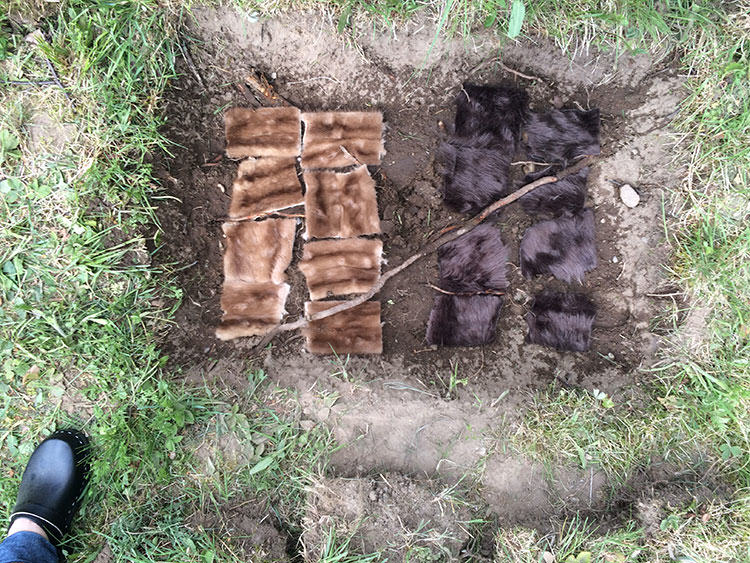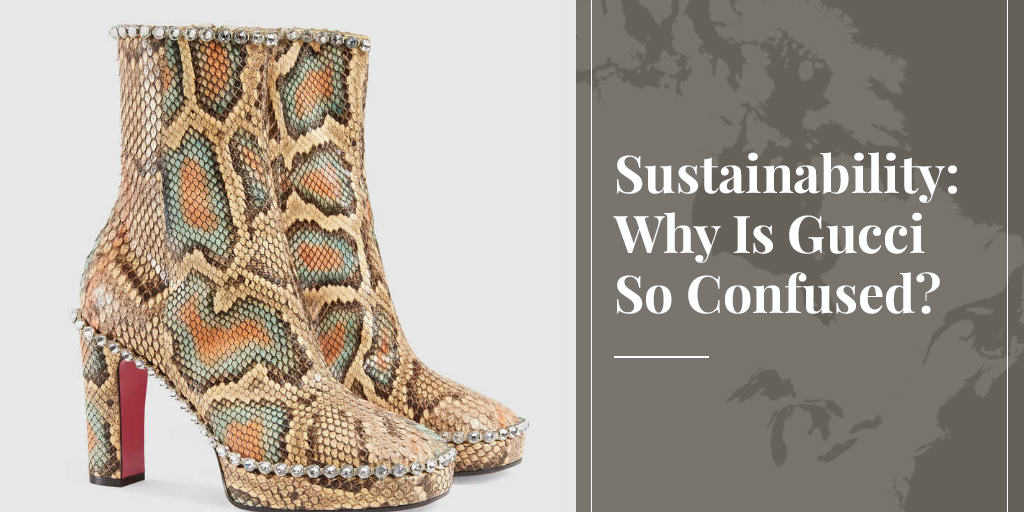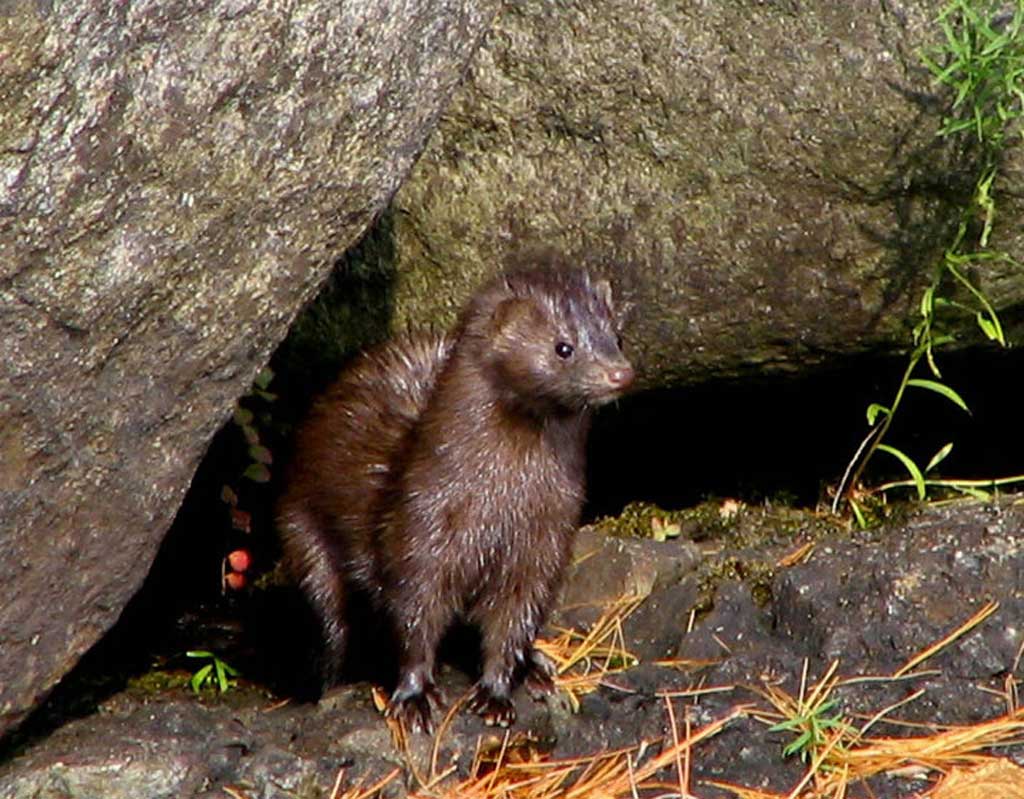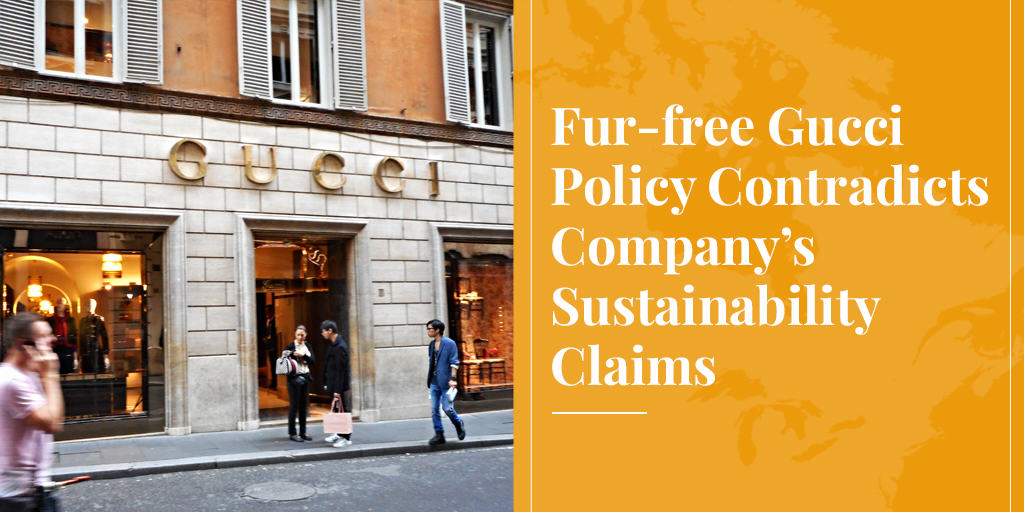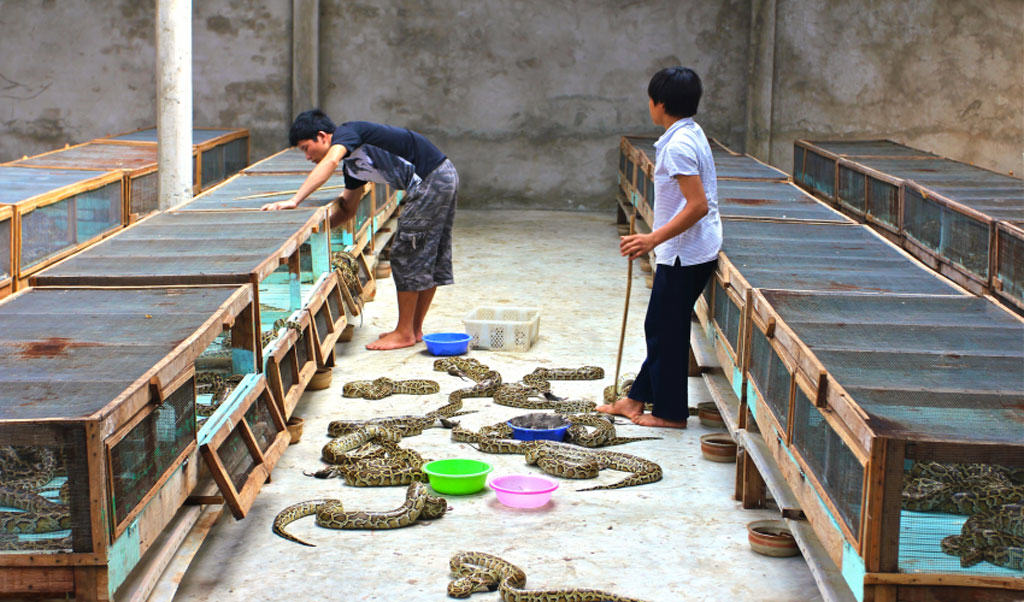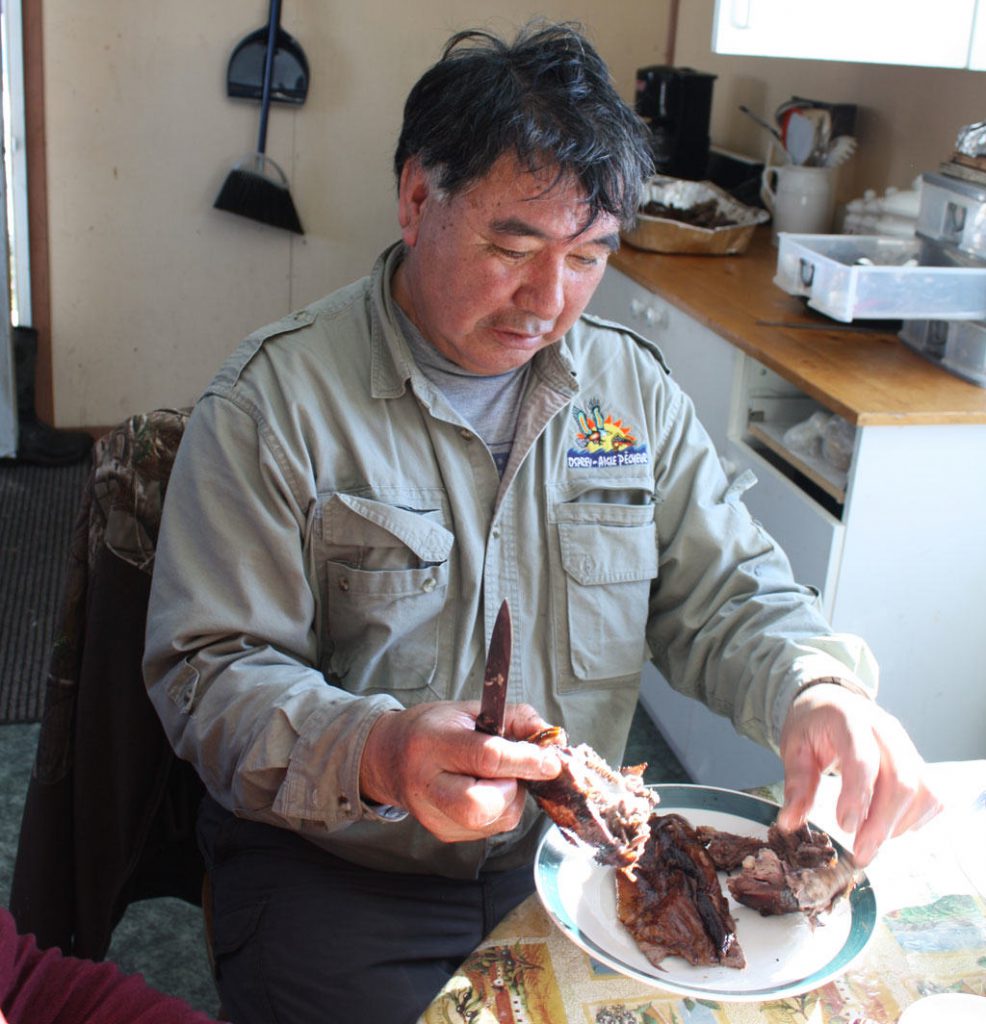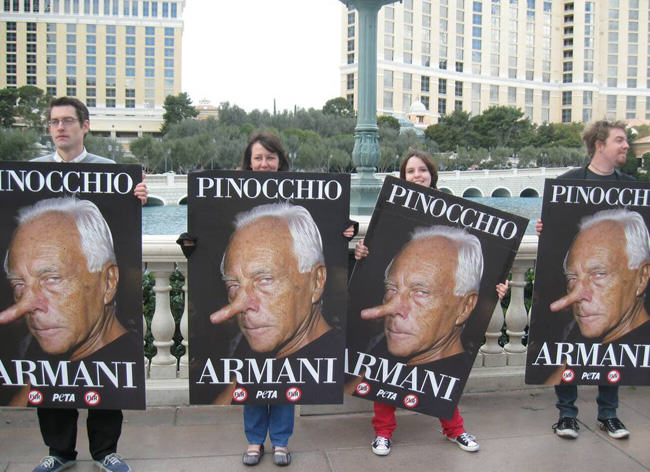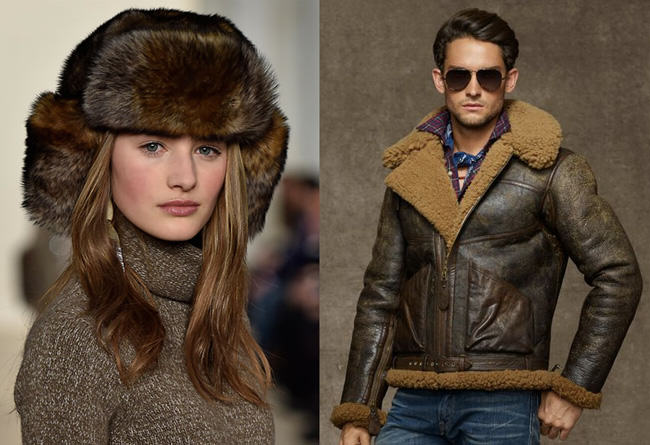After the Siege: What Is the Future of Fur?
by Simon Ward, editor, Truth About FurPart of modern life in Western societies involves dealing with a handful of people who believe they can tell the…
Read More
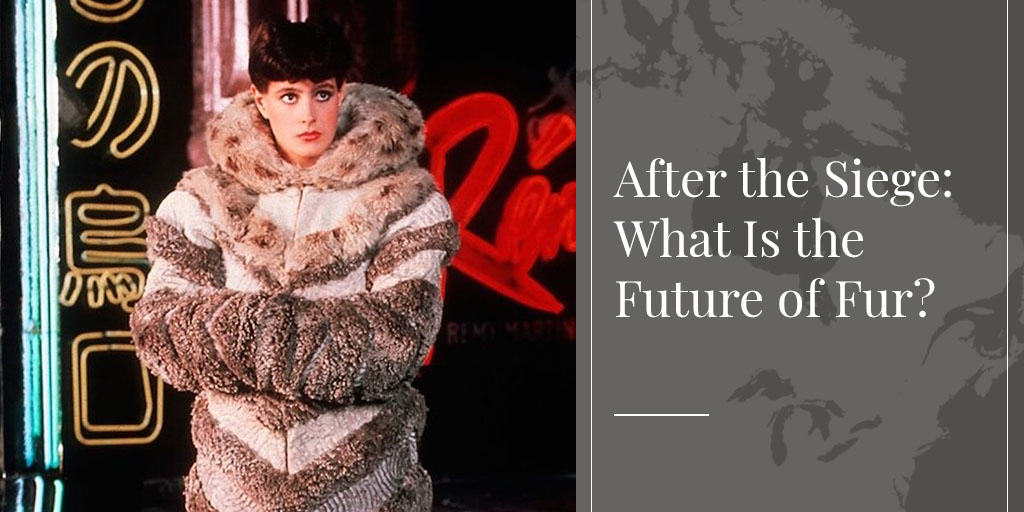
Part of modern life in Western societies involves dealing with a handful of people who believe they can tell the rest of us how to live. They call themselves “advocates” if they man a desk or "activists" if they like shouting at people, while the rest of us call them "bullies" or worse. They are more influential now than ever before, empowered by the reach of social media and unprecedented access to spineless politicians and lazy journalists. Against this backdrop, the state of siege by animal rights advocates against the fur trade has reached a critical point.
So how does the future of fur look? Following are some of my personal musings, but we'd be interested in hearing what your crystal ball shows.
Fur Farming Bans
Let’s start with an overview of some frustrating setbacks the fur trade has suffered in recent years, and as we do so, picture a bunch of rolling snowballs that start small and just grow and grow.
The first snowball was fur farming bans. It started rolling in 2000 when fur farming was banned in England and Wales. Since then, other European countries have followed suit, or will phase in bans in the near future.
These bans have harmed the fur trade not because they've disrupted production (no major producer has yet stopped fur farming), but because they've provided support for activist claims and fuelled the public perception that something about fur must be bad. Generally speaking, only bad things are banned, right? And this lays the groundwork for future attacks on the trade.
Paradoxically, while this was going on, the fur trade was actually bouncing back from a slump in the 1990s. Pelt production and prices were up, and exciting new design techniques were reflected in fur’s growing catwalk presence and rising retail sales.
Fur-Free Brands
Then in about 2015, a second snowball started gathering speed. After years of trying, with minimal success, to bully designer brands into dropping fur, animal rights advocates at last saw their efforts paying off. One by one, brands caved in, and when Gucci announced in 2017 its plan to drop fur, the media circus that followed ramped up the pressure even more on the holdouts. For the last year, barely a month has gone by without another brand going fur-free.
Ironically, Gucci’s high-profile flight from fur presented the fur trade with a golden opportunity to talk about its sustainability credentials. As part of their rationale for dropping fur, brands invariably cite advances made in fake fur, while failing to mention that it’s made from petroleum-based plastic – a non-renewable and unsustainable resource that pollutes and doesn’t biodegrade.
Fortuitously, at exactly the same time as Gucci announced its plan to drop fur, the hottest environmental news story was about our need to reduce our use of plastics, with a particular emphasis on micro-fibres used in clothing like fake fur. This played right into the wheelhouse of real fur which is sustainable, has a negligible environmental footprint during its production and lifetime, and after decades of use can be added to the garden compost pile to biodegrade.
SEE ALSO: Fur-free Gucci policy contradicts company's "sustainability" claims.
In response, animal rights advocates and some clothing companies are already proposing a way around this dilemma: If we can’t use real fur or plastic fur, the obvious solution is to make fur-like fabrics from organic materials. Right now research labs are feverishly trying to make “fur” out of such things as bark and mushrooms, and since "leather" made from pineapple leaves is already on the market, you can bet they'll succeed sooner or later.
Retail Bans
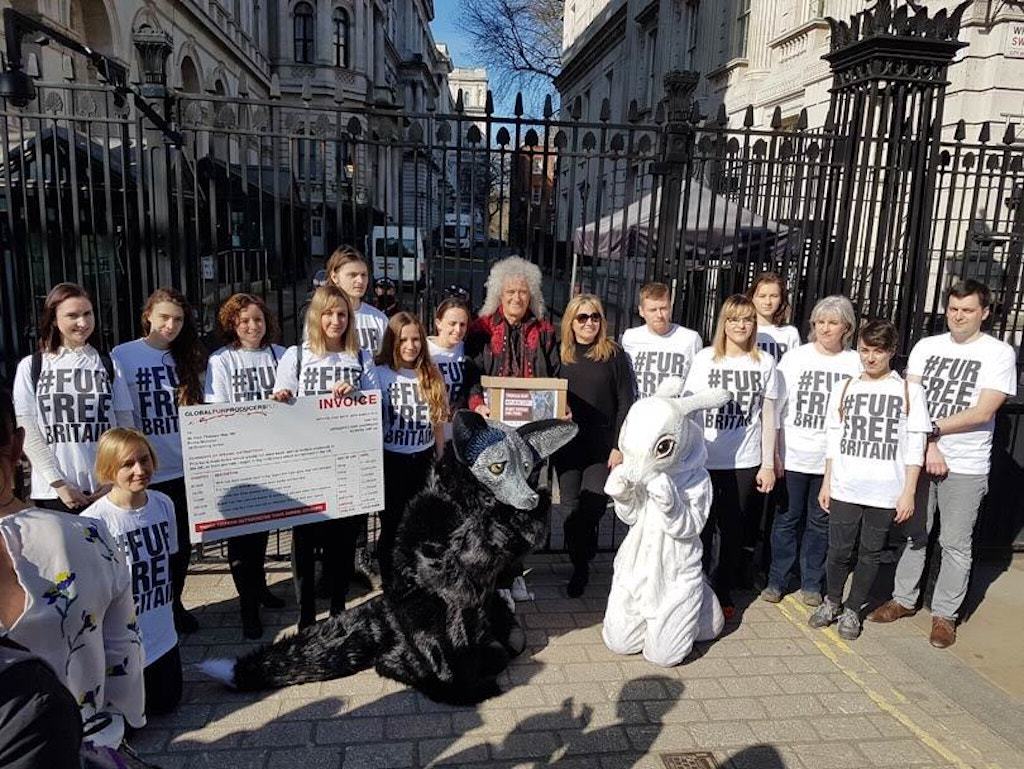
Now a third snowball is gathering momentum: retail bans. Unsurprisingly, it started in California, first in West Hollywood in 2013, then Berkeley, and then San Francisco. Now Los Angeles is drafting legislation for its own ban, while euphoric animal rights advocates say New York and Chicago are in their cross-hairs.
Meanwhile, in the UK, a campaign is in full swing to ban all fur imports to an entire nation, and their demand is bolstered by a simple piece of logic. Remember how I said fur farming bans lay the groundwork for future attacks? Now supporters of an import ban are arguing that it is illogical that the UK bans fur farming but still allows the sale of furs produced in other countries. The current Conservative government has shown no interest in taking such action, but the main opposition party, Labour, has vowed to introduce a ban if it's voted into power. When the next general election (scheduled for 2022) comes around, a fur ban may well be high on the agenda.
SEE ALSO: Proposals to ban fur sales are anti-ecological.
Why Fur Will Survive
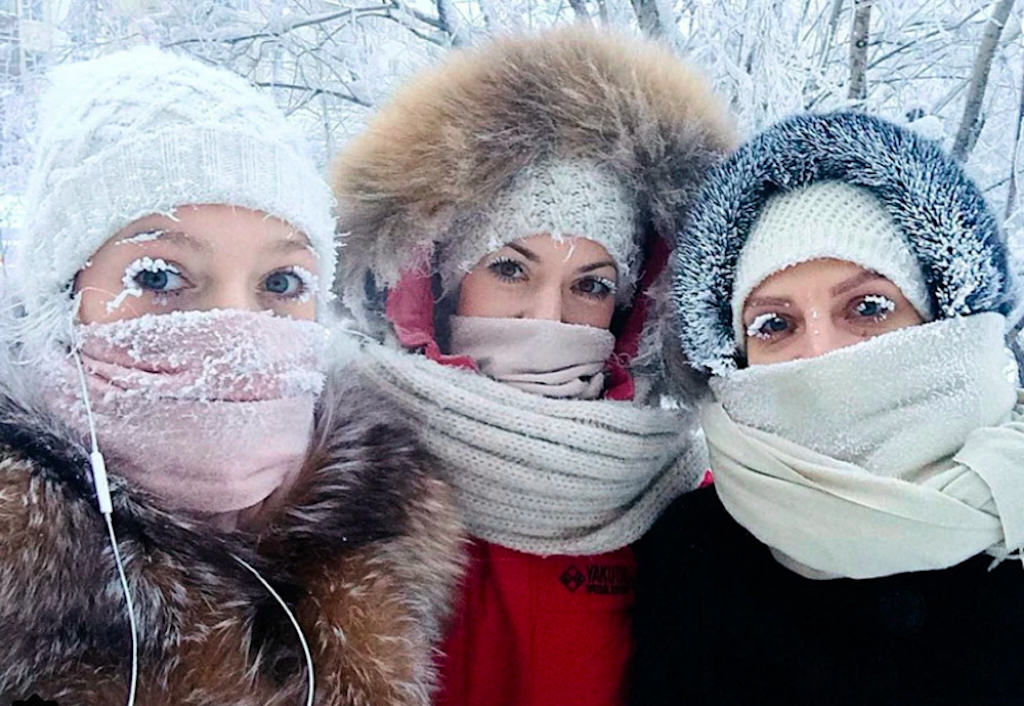
While these snowballs now barrelling down on the fur trade may seem unstoppable, there are at least two major obstacles in their way.
In the mid-term at least, the fur trade will continue to be able to count on major markets such as China, Korea, Russia and other former Soviet Republics where the voices of Western animal rights advocates are largely ignored. That's not to say that animal welfare is not being discussed in these countries. But the activist message that will not easily translate is that animals have rights and should not be used by humans for any purpose. In time, animal welfare standards in non-Western countries may catch up with those of the West, but the prospect of these countries embracing animal rights is remote indeed. Even in North America and Europe, the signals are more complex than activists would like us to think. The trend of using fur for smaller accessories and trim has made fur more accessible; in fact, fur is now being worn by more young people than ever before.
SEE ALSO: Animal welfare vs. animal rights: An important distinction.
In the long term, the fur trade will not die because common sense will prevail. This will be rooted in a common understanding of three things: (a) that our future will depend on using renewable natural resources sustainably, (b) that there is a need to manage the natural environment, including wildlife, and (c) that sustainable use includes minimising waste.
Even now, many animal-loving city-dwellers who rarely have contact with wildlife are rethinking their views on what, for them, may be tough questions. For example, in a North American context, when an “urban coyote” attacks a child, should it be euthanised? What about beavers that flood roads and houses? Or raccoons that carry rabies into our cities? And if we agree that these animals should be culled, is it ethical to throw the fur away or should it be used? In the future, as our understanding of these issues continues to grow, more and more people will agree that using the fur is the ethical choice.
SEE ALSO: Is it ethical to produce, buy or wear fur?
Some Predictions
So how will the fur trade look in, say, the year 2100? Here are my predictions.
• The future of fur will be inextricably linked to that of fake fur, so let’s deal with that first. Fake fur made from plastic will no longer exist, maybe even 20 years from now. Instead, it will be made from organic materials, either agricultural waste or synthesised in labs. If you don’t think it will ever approach the qualities of real fur, I disagree. Scientists can be very creative given enough industry support, so expect to be wearing “furs” made from turnip heads or fungus by the end of the century. This will present stiff competition for real fur, just as plastic fur does today, but likewise it will sustain interest in fur's unique look while providing cover for real fur lovers from harassment by animal rights activists.
• Fur farming bans will remain in western Europe. It won’t matter whether acceptance of fur as a sustainable resource becomes more widespread. Bans tend to stay in place for the simple reason that they are much harder to lift than they are to impose, especially when lobby groups threaten to raise a ruckus. (For example, it's been largely accepted by wildlife managers that the US Marine Mammal Protection Act will never be amended to allow commercial harvesting of seals or other marine mammals, no matter how abundant or destructive they become.)
Elsewhere, the future of fur farming will depend on the industry's success in meeting new challenges. Animal rights terrorists will continue to try to drive fur farmers to financial ruin, and this in turn will negatively impact the recruitment of new farmers. But if farmers can weather this storm, another challenge will come from the rise of organic fake fur. As the performance of this new material improves, the viability of fur farming will depend on being able to produce pelts of a quality and type that fake fur makers cannot or choose not to imitate. (This is not exclusively a fur problem: producers of meat and other animal products will face similar challenges, and some already do. Butter competes with margarine, real milk with soy milk, and a variety of animal-free organic leathers are now available.) Fur farmers and their associations should begin thinking about their own "unique selling proposition", as marketers call it.
• As for the future of retail bans, my crystal ball is very cloudy. When West Hollywood banned fur sales, it was easy to dismiss this as the foible of a quirky little town, but San Francisco, Los Angeles, and perhaps the entire UK, cannot be so easily dismissed.. That said, the bans so far are largely symbolic because people can just buy fur elsewhere. Also, the courts have ruled that wild furs cannot be banned by municipalities in California since wildlife management is under state jurisdiction. It's also noteworthy that sheep fur is exempted from the ban proposed for San Francisco, perhaps because Californians love their Uggs so.
SEE ALSO: Sheep fur: Pamela Anderson hates it, Ralph Lauren loves it.
If I have to make a prediction, it's that in 2100 there may still be retail bans in some Californian cities and the UK, and perhaps a few other locations where no one wears fur anyway, but that will be it. But if animal rights advocates succeed in forcing bans in New York and Chicago, the future will be more difficult to predict.
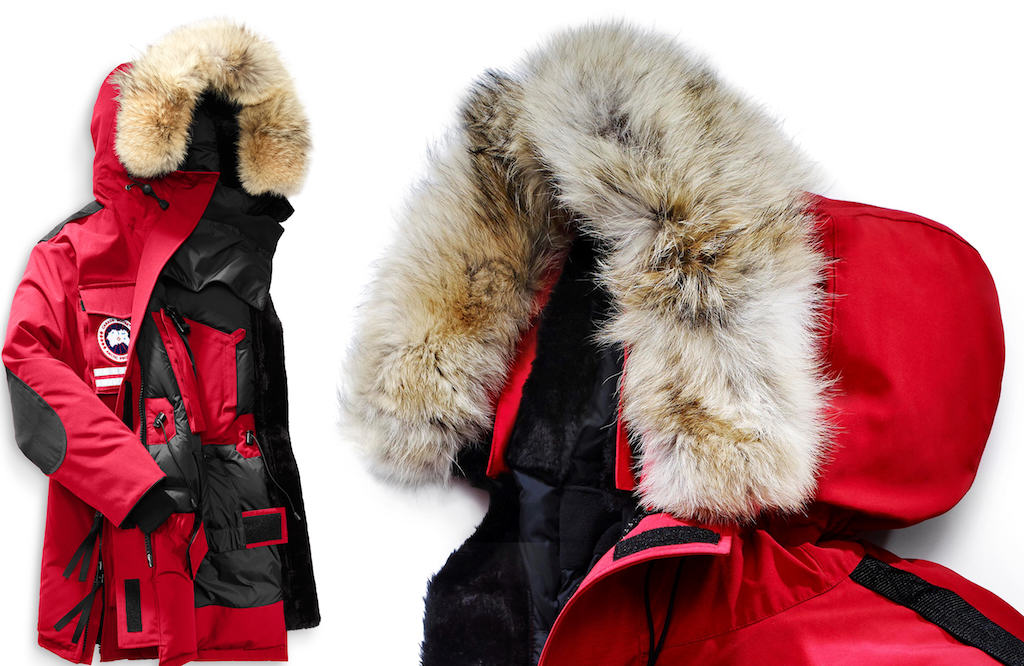
• On a positive note, increased public understanding of sustainability issues may herald a new Golden Age for fur. Wildlife will always have to be managed, and no matter how good organic fake fur becomes, there will always be demand for “the real thing”.
Plus we're now seeing that design innovation and effective marketing can turn prices around. Prices for most wild furs have been depressed since the early 1990s, yet coyote prices are now at record levels thanks to the popularity of fur-trimmed parkas sparked by Canada Goose and its imitators. Perhaps in the future, with inspired design innovation and marketing, fur producers, designers and artisans will once again be properly rewarded for their efforts.
• Last and least, what does the future hold for all those animal rights advocates so bent on taking down the fur trade and any others that use animals? My tongue-in-cheek prediction is that they will all move to California, pass legislation making the entire state vegan, and leave everyone else alone. More seriously, I believe they will be shunned as social pariahs, and their days of leading politicians and designer brands by the nose will be over.
The game they are playing now is a double-edged sword. Their bullying tactics are currently quite effective in bringing about change, but as they expand their net to include everything from marine parks to fish burgers, and pets to carriage horses – which they are doing right now – they will make more and more enemies. By 2100, and probably long before, society at large will say, “Enough is enough!”
***











